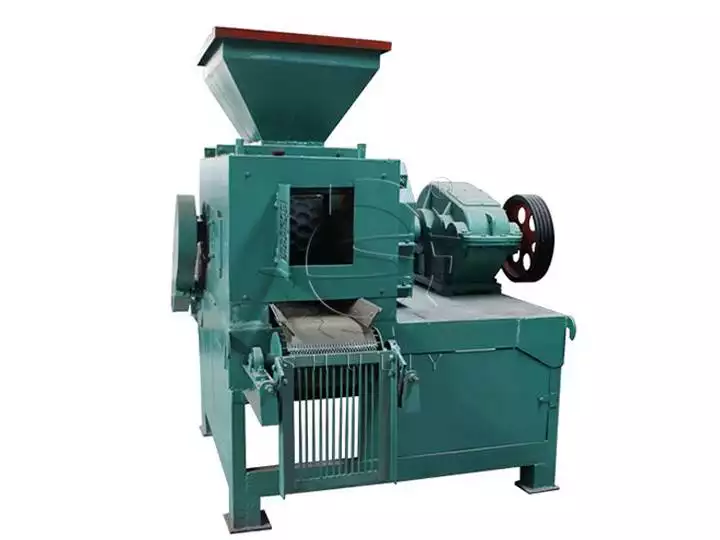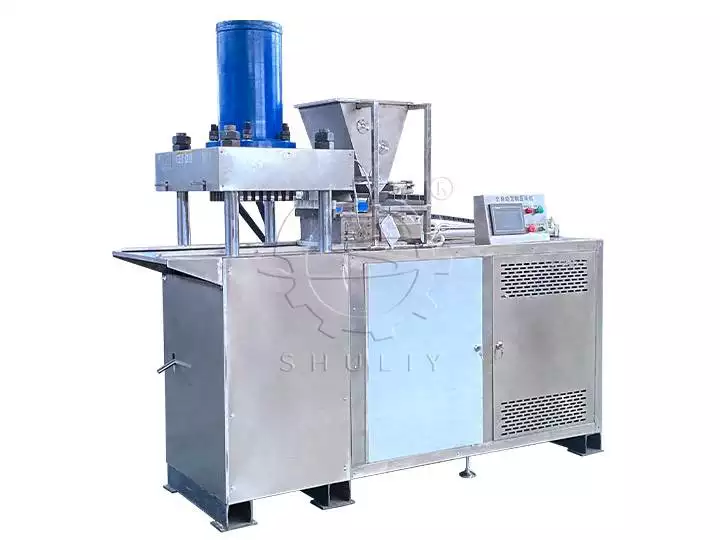How to make rice husk charcoal?
Table of Contents
Rice husk charcoal is a renewable and environmentally friendly energy source, and the process of making it takes full advantage of the abundant rice husk resources to transform it into a valuable charcoal product. Through a series of process steps of the charcoal machine, the final product is rice husk charcoal that burns efficiently.
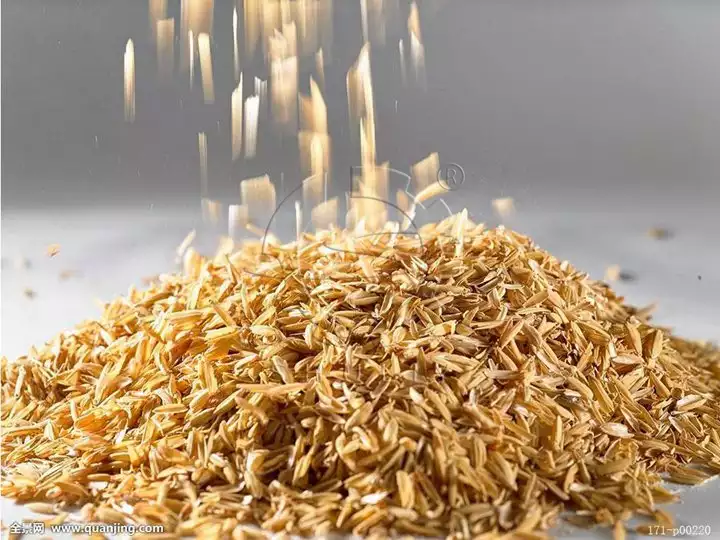
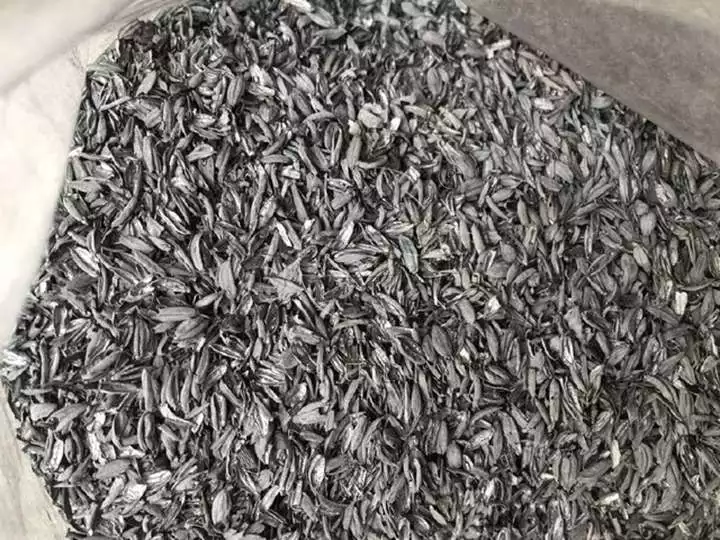
This process not only effectively reduces the waste of agricultural waste, but also provides a sustainable solution to energy needs, thus maximizing the use of resources and protecting the environment.
Methods to make rice husk charcoal
Method 1: firstly carbonization, then molding
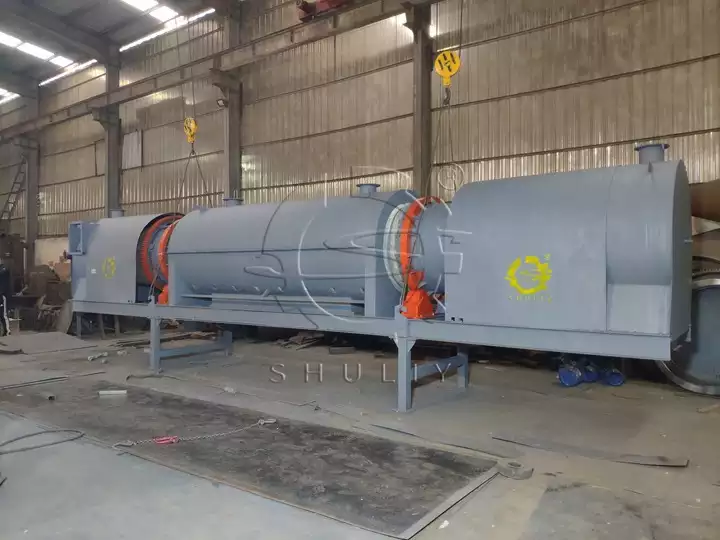

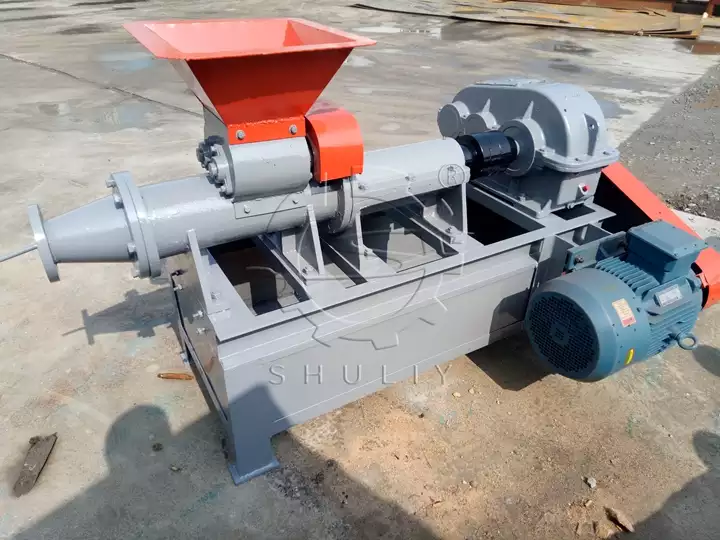
- Step 1: Carbonization. Rice husk is collected and loaded into a carbonization furnace. The furnace is heated to a high temperature in the absence of oxygen to carbonize the rice husks. This step is recommended using a continuous charcoal furnace.
- Step 2: Crushing. The charcoal obtained from the carbonization process is crushed into smaller particles by a hammer mill. This prepares the charcoal for the molding step.
- Step 3: Mixing with binder: The crushed rice husk charcoal is mixed with a binder, which helps to shape the charcoal and hold it together during the molding process.
- Step 4: Forming: The mixture is then fed into a charcoal molding machine, which molds it into the desired shape, such as briquettes or other shapes.
Method 2: firstly briquetting, then carbonization
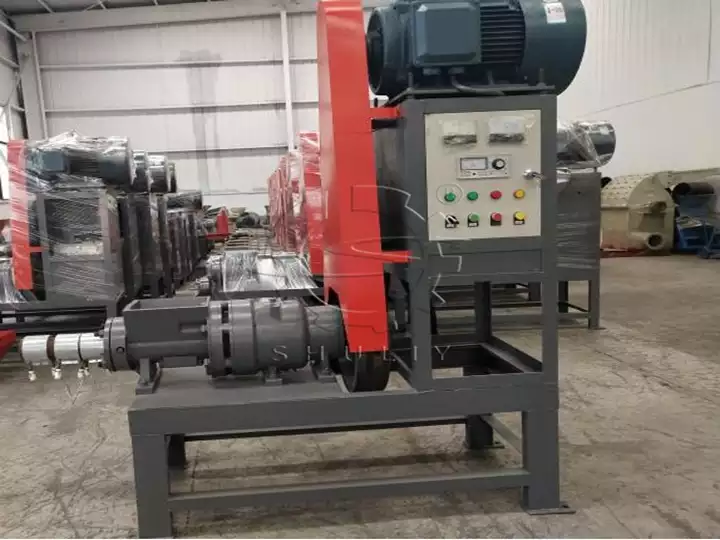
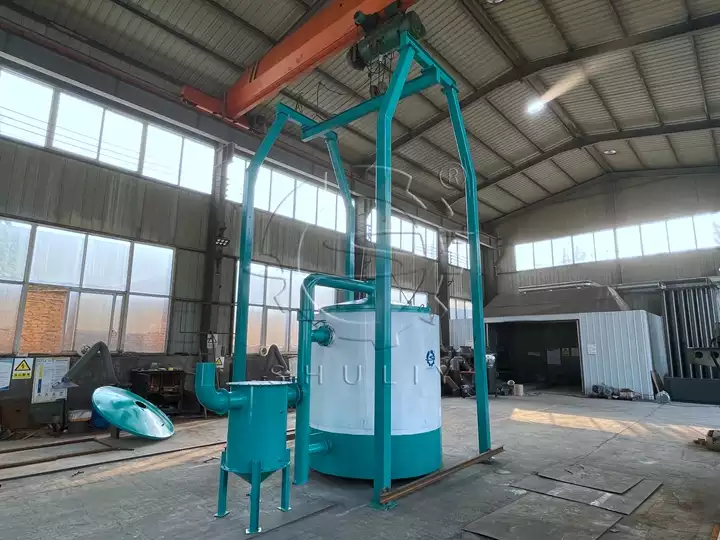
- Step 1: Briquetting: Collect rice husks and feed them into the briquetting machine. The machine uses mechanical pressure to compress the husk and form dense briquettes.
- Step 2: Carbonization preparation: The briquettes obtained in the previous step are collected and prepared for the carbonization process. They are usually arranged in such a way as to ensure uniform carbonization.
- Step 3: Carbonization: Prepared briquettes are placed in a carbonization furnace(Usually, the vertical carbonizing furnace is used.). The furnace is heated to a high temperature in the absence of oxygen to start the carbonization process. In this step, the briquettes are transformed into rice husk charcoal briquettes.
Rice husk charcoal advantages

- Environmentally friendly: The production of rice husk charcoal not only reduces the pressure to dispose of agricultural waste, but also reduces the dependence on forest resources.
- Renewable energy: As a by-product, rice husk not only enriches energy resources, but also reduces the need for non-renewable energy sources such as traditional coal.
- High calorific value: Rice husk charcoal releases a high level of thermal energy when burned, making it suitable for a variety of thermal applications such as heating, cooking and power generation.
- Low emissions: Combustion of rice husk charcoal produces fewer emissions and pollutants, resulting in a lower environmental impact.
Contact us for more about the rice husk charcoal making machine!
Want to learn more about our rice husk charcoal making machine? Contact us today to find out how our efficient and environmentally friendly equipment can help you convert rice husks into valuable charcoal products. Our team of experts is ready to provide you with detailed information and guide you through the entire process.

